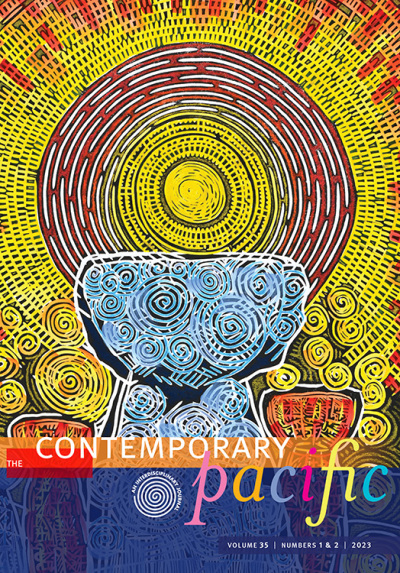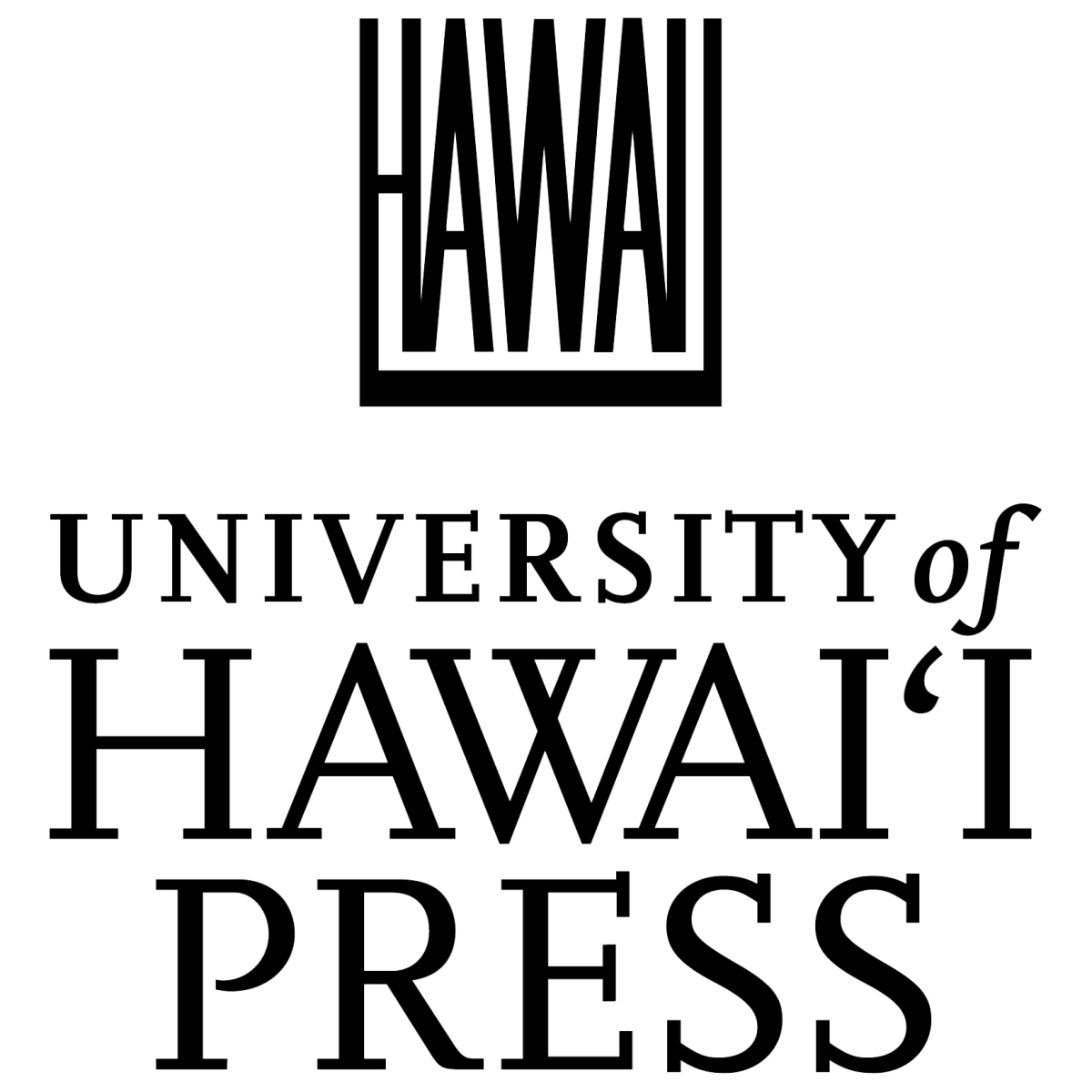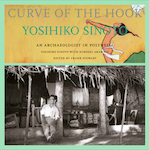2014
 |
 |
|
Spring 26(1) Articles Climate-Change Migration in the Pacific In Their Own Voices: Contemporary Native Hawaiian and Archaeological Narratives about Hawaiian Archaeology Is Genetic Labeling of “Risk” Related to Obesity Contributing to Resistance and Fatalism in Polynesian Communities? Dialogue Oceanic Historicities Being “Nesian”: Pacific Islander Identity in Australia Resources Gathering the ‘Net: Efforts and Challenges in Archiving Pacific Websites Political Reviews Micronesia in Review: Issues and Events, 1 July 2012 to 30 June 2013 Polynesia in Review: Issues and Events, 1 July 2012 to 30 June 2013 Book and Media Reviews Oceania at the Tropenmuseum, by David van Duuren, Steven Vink, Daan van Dartel, Hanneke Hollander, and Denise Frank Vestiges d’une histoire Marquisienne: Contribution à l’archéologie de Ua Huka, by Eric Conte and Guillaume Molle Te Tahata: Etude d’une marae de Topoto (Nord); Archipel des Tuamotu, Polynésie française, by Eric Conte and Kenneth J Dennison Echoes at Fishermen’s Rock: Traditional Tokelau Fishing, by Elders from Atafu Atoll Théâtre océanien: Anthologie, edited and translated by Sonia Lacabanne Urbanesia: Four Pasifika Plays, edited by David O’Donnell The Missing King, by Moetai Brotherson Daughters of Fire, by Tom Peek Managing Modernity in the Western Pacific, edited by Mary Patterson and Martha Macintyre Communication, Culture and Society in Papua New Guinea: Yu Tok Wanem? edited by Evangelia Papoutsaki, Michael McManus, and Patrick Matbob Canning Paradise [documentary film] The Land of Eb [feature film] Featured Artist: Visesio Poasi Siasau
Visesio Poasi Siasau—or Sio, as he likes to be called—comes from a hereditary guild of Tongan tufunga or tohunga. He self-identifies as a tufungaʻi practitioner and draws on Tongan epistemologies as his pathway to understanding things passed down by traditional knowledge keepers. Indeed, his efficacy as an indigenous practitioner is worldly in a contemporary sense within knowing in a traditional sense. |
Fall 26(2) Articles Global Sport in the Pacific: A Brief Overview Fabled Futures: Migration and Mobility for Samoans in American Football “No longer just a pastime”: Sport for Development in Times of Change Playing with Knowledge: Sport and the Paradox of Development in Solomon Islands Pasifika Diaspora and the Changing Face of Australian Rugby League Participating in the Global Competition: Denaturalizing “Flair” in Samoan Rugby Beyond the All Blacks Representations: The Dialectic Between the Indigenization of Rugby and Postcolonial Strategies to Control Māori “Such a Site for Play, This Edge”: Surfing, Tourism and Modernist Fantasy in Papua New Guinea Sports, Bodies, and Futures: An Epilogue Resources Rules of the Game: Resources for Researching Pacific Islands Sport Political Reviews The Region in Review: International Issues and Events, 2013 Melanesia in Review: Issues and Events, 2013 Book and Media Reviews Don’t Ever Whisper: Darlene Keju, Pacific Health Pioneer for Nuclear Survivors, by Giff Johnson Securing Paradise: Tourism and Militarism in Hawaiʻi and the Philippines, by Vernadette Vicuña Gonzalez L’ONU, la France et les décolonisations tardives: L’exemple des terres françaises d’Océanie, by Jean-Marc Regnault Tax Havens and Sovereignty in the Pacific Islands, by Anthony Van Fossen Summoning the Powers Beyond: Traditional Religions in Micronesia, by Jay Dobbin with Francis X Hezel Making Sense of Micronesia: The Logic of Pacific Island Culture, by Francis X Hezel Polynesian Outliers: The State of the Art, edited by Richard Feinberg and Richard Scaglion The Haus Tambaran of Bongiora: A View from Within of the Tambaran and Yam Cults of the Abelam in the East Sepik Province of Papua New Guinea, by Godfried Johan Marie Gerrits Christian Politics in Oceania, edited by Matt Tomlinson and Debra McDougall Mr. Pip [feature film] Breadfruit and Open Spaces [documentary film] Savage Memory [documentary film] Moana: The Rising of the Sea Featured Artist: Greg Semu
Independent indigenous researcher, curator, and artist Greg Semu was in born Aotearoa/New Zealand in 1971. He embraces Sāmoa as his ancestral and spiritual home, and his artistic practice often begins in the Vā (the space between) and draws from the vast Ocean that unites rather than divides. Semu’s artworks start with research and community engagement. Semu uses the visual language of photography, sound, and film to explore the significance of identity and create evocative dialogues to challenge the romanticized colonialist documentation of “first contact.” In 2007, as the first artist in residence at Musée du quai Branly in Paris, he created the Noble Savage series. These photographic paintings reenact moments that are both historically and art historically significant. Using mediums synonymous with truth and reality, Semu’s photographs seduce the viewer to challenge preconceived notions of history and culture. |










